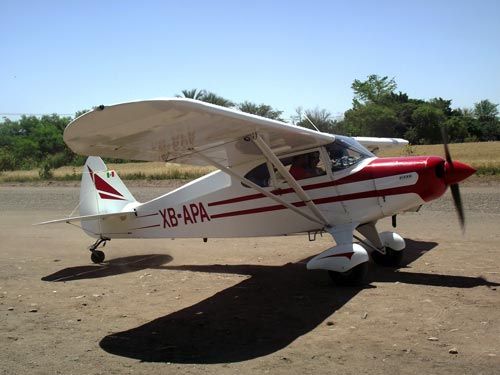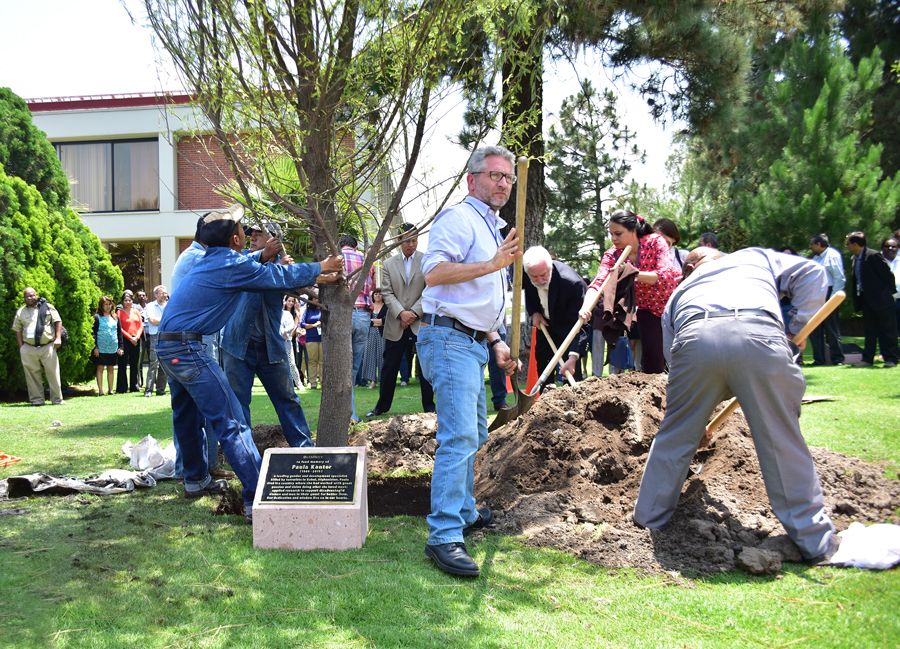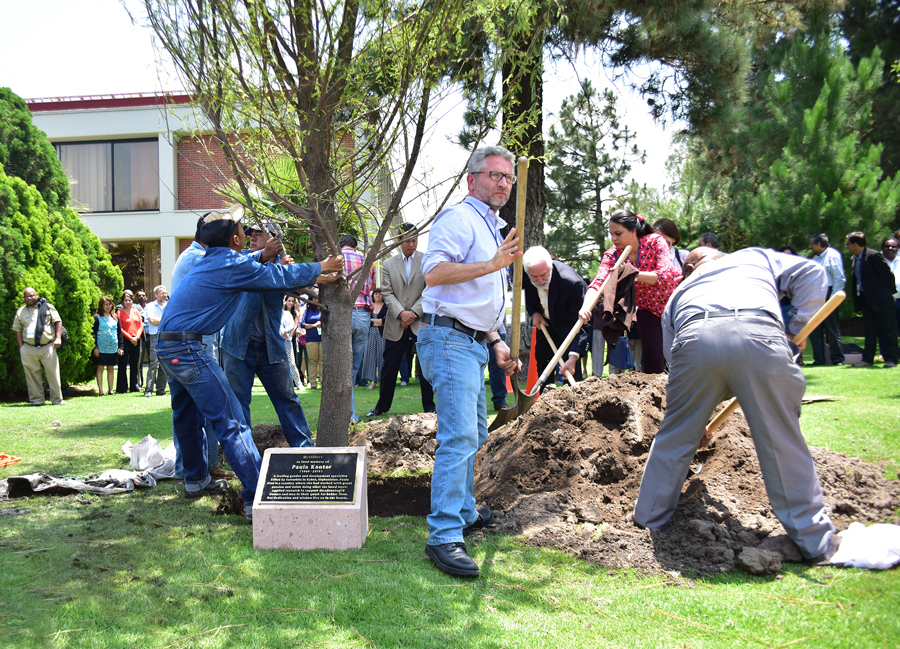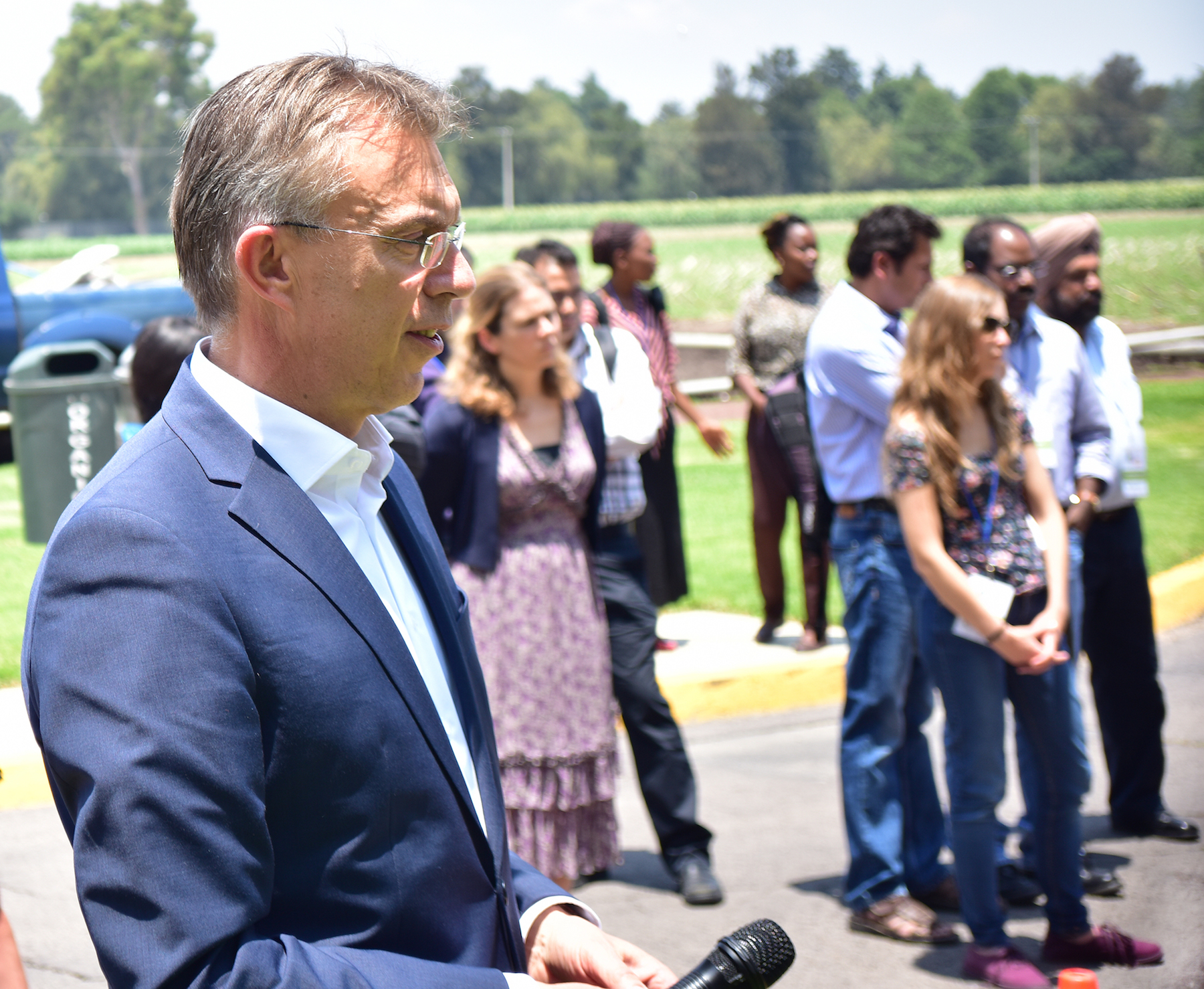Strategizing for the future: adapting to a changing agricultural landscape
Forging major change is never simple, but one of my top priorities upon taking the helm at the International Maize and Wheat Improvement Center (CIMMYT) as director general last year was to develop a new five-year institutional strategy. CIMMYT must continuously change in order to adapt to an increasingly complex world and address urgent agricultural challenges. Not only do almost 800 million go to bed hungry each night, but to cite just a few examples, this year severe drought in southern Africa exacerbated by an El Niño weather system took its toll on crops, deadly wheat blast disease emerged in South Asia for the first time and scientists ratcheted up the fight against virulent maize lethal necrosis disease.
To learn more about the CIMMYT work environment, I sent an email to our key donors and partners seeking answers to some simple questions: What is CIMMYT doing well? What can CIMMYT do better? What new areas of research or collaboration should we explore? I met with staff at headquarters near Mexico City and visited regional offices to get a well-rounded set of responses. The answers I received have become the basis for the new CIMMYT Strategic Plan 2017-2022: “Improving Livelihoods through Maize and Wheat Science.”
From crops to agri-food systems
The new strategy marks a shift in thinking of maize and wheat simply as crops, recognizing that they play a major role in agri-food systems in which they operate. Modern agriculture is increasingly diverse, complex and unpredictable and we need to look beyond science alone to understand the ecological, economic and social forces that are driving change in farming systems. The shift from commodity-based research to an integrated approach centering on agri-food systems is a critical change allowing our community to work more effectively to strengthen food security, reduce poverty and enhance human nutrition.
Contributing to international development goals
Simultaneously, as CIMMYT has been undergoing changes, the CGIAR system of agricultural research centers is also going through a transition. The aim is to improve efficiency, benefiting relationships with our global network of donors and partners. These changes build on past successes, articulating an ambitious new direction known as the “CGIAR Strategy and Results Framework 2016-2030” We have gone through a process of refining our strategy to ensure alignment with the CGIAR strategy and the U.N. Sustainable Development Goals. The strategies emphasize the need to assign higher priority to reducing malnutrition, empowering female farmers, developing new public-private partnerships and sharing knowledge with partners and farmers.
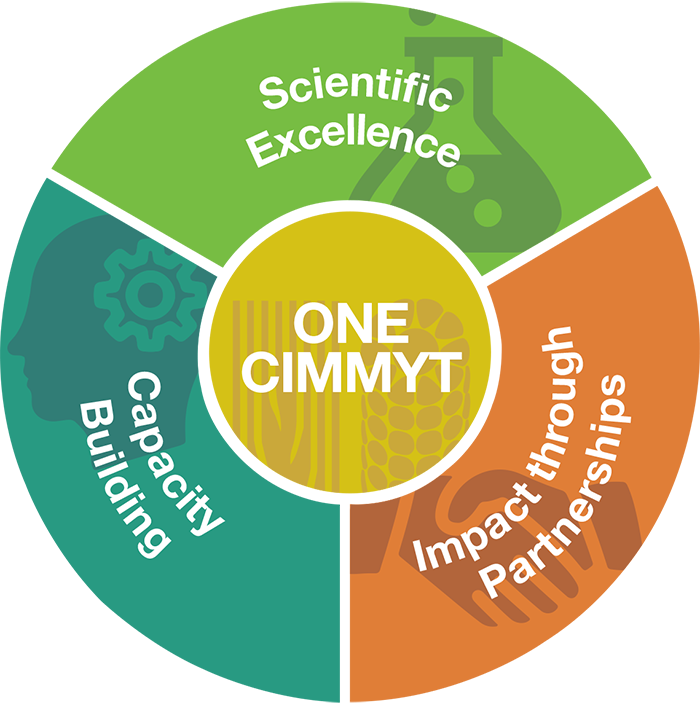 A new strategic direction
A new strategic direction
The new strategy identifies four interlinked areas of work, each highlighting CIMMYT’s strengths: scientific excellence; impact through partnerships; capacity building and the “ONE CIMMYT” concept, which reflects efforts to synthesize both internal and external activities. To achieve scientific excellence we will further develop our practice of conducting research of the highest quality and create innovations that farmers can readily put to use. CIMMYT will steadily improve the scope and quality of partnerships to accelerate the adoption of technology. CIMMYT’s leadership of the CGIAR Research Programs on MAIZE and WHEAT and the Excellence in Breeding Platform, which will help modernize breeding programs in the developing world by providing access to cutting-edge tools, services, best practices, application-oriented training and practical advice.
These initiatives will form a key part of a new partnership strategy. By creating agricultural knowledge communities, CIMMYT develops capacity and empowers collaborators to help farmers advance to a more food-secure, sustainable future. Finally, “ONE CIMMYT” values have far reaching implications on the way we work, unifying teams and building a common understanding across regions.
Launching this strategy marks the beginning of an evolutionary way of working, which will continue over the next five years to 2022. Its successful implementation requires collaboration across disciplines and the involvement of our vast network of partners. As we move forward, I will continue to consult with key stakeholders to gather insights and assessments about how we can continue to create even more impact in farmers’ fields.
I hope that you will join us.
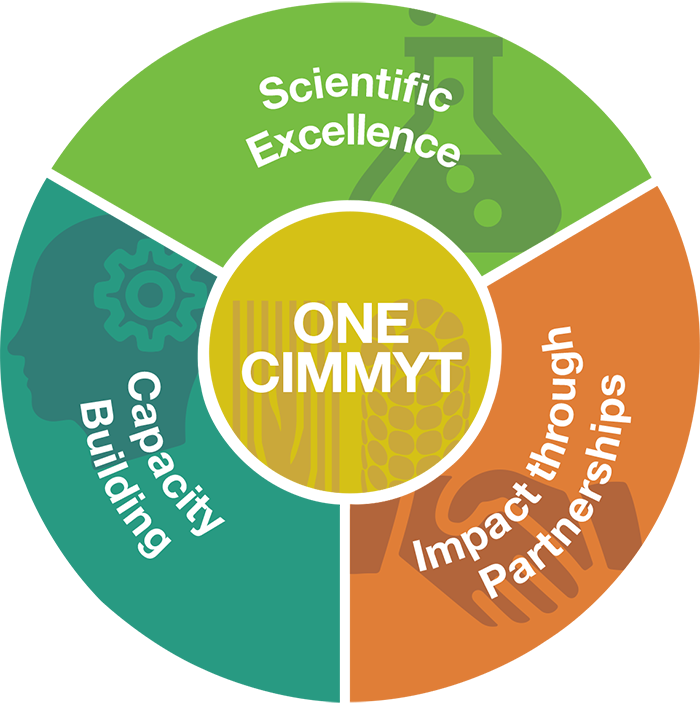
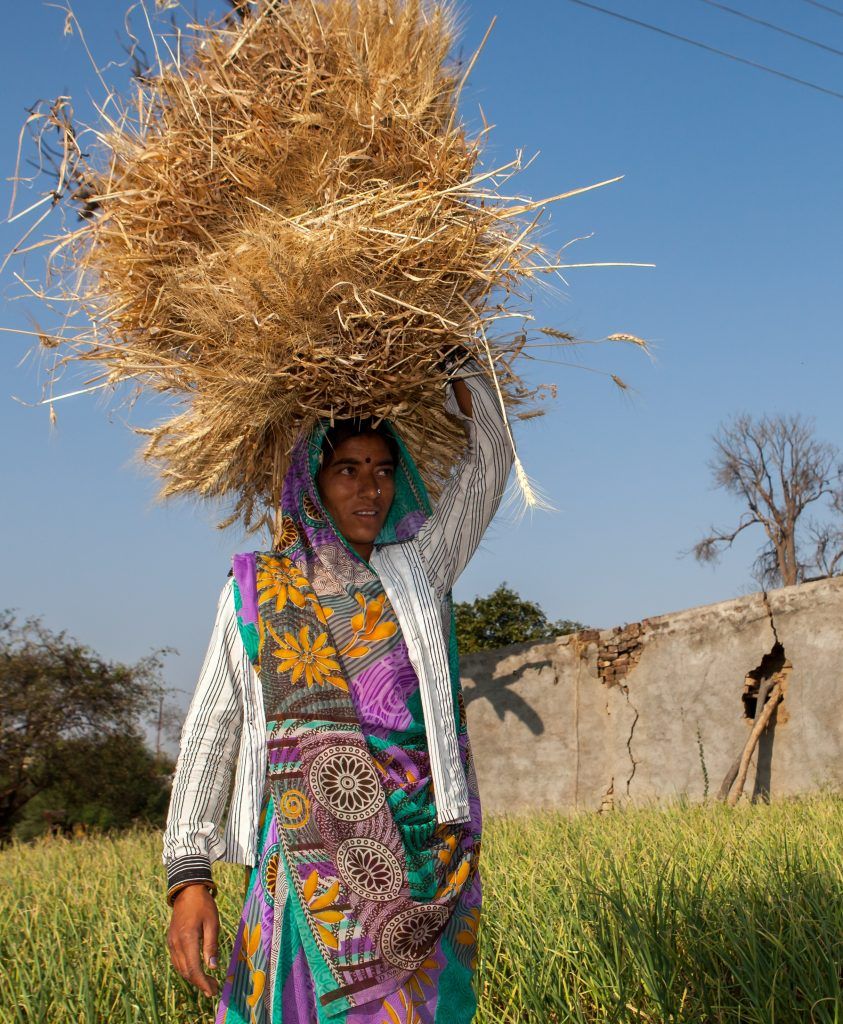
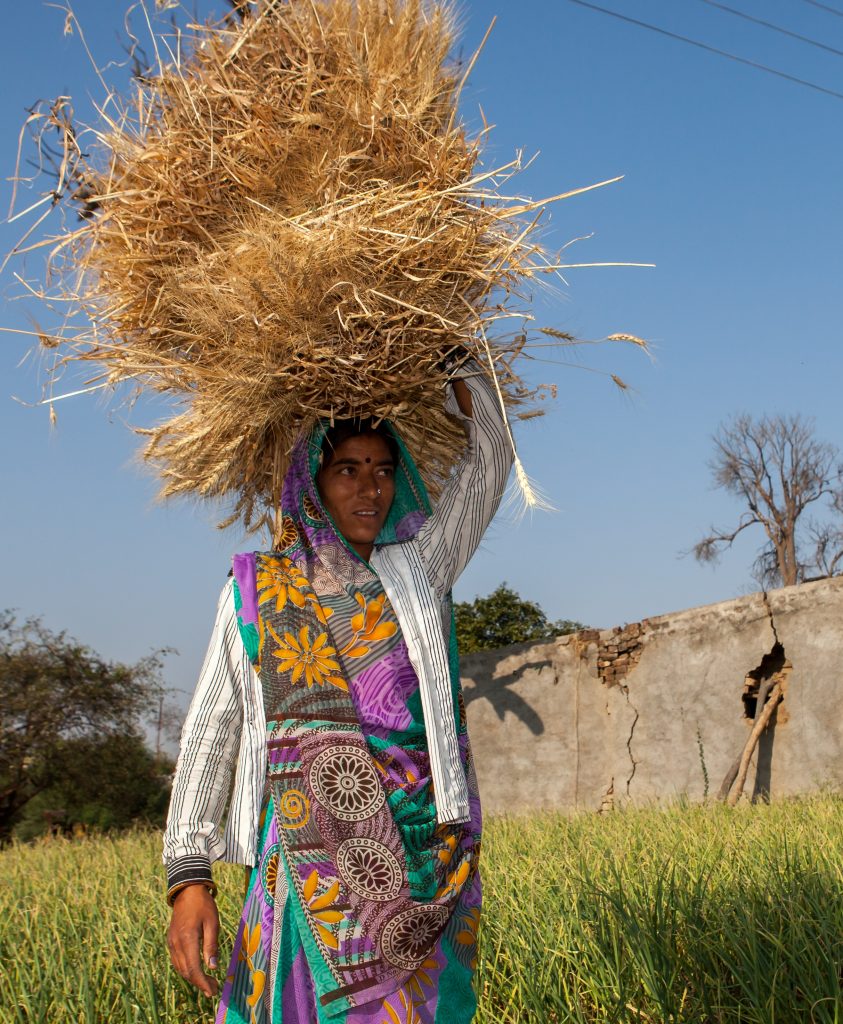
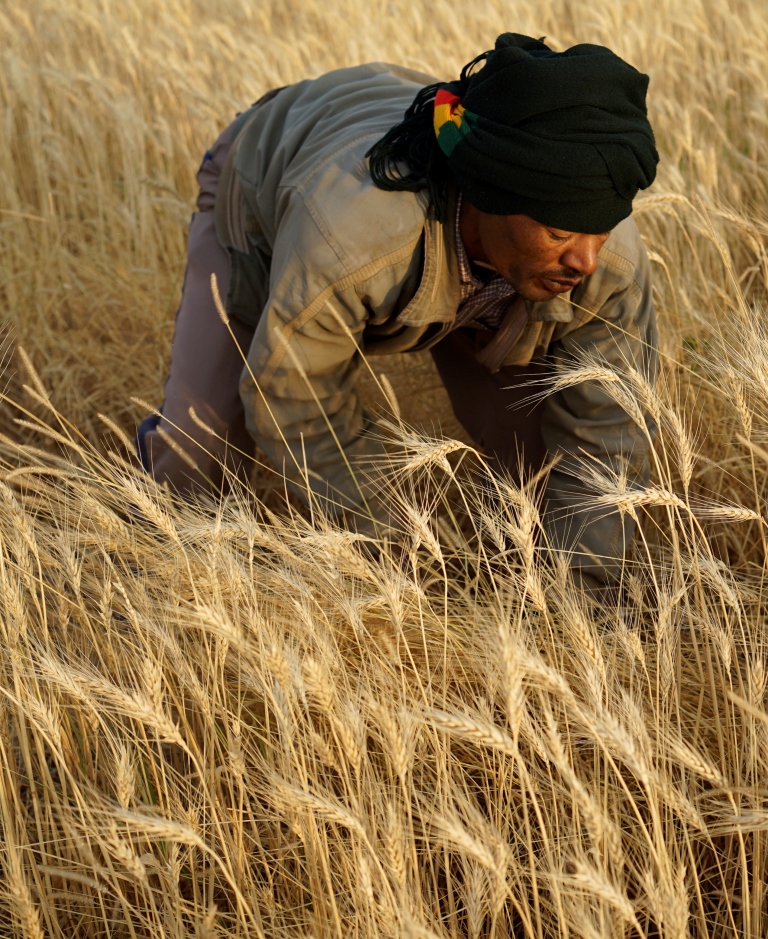
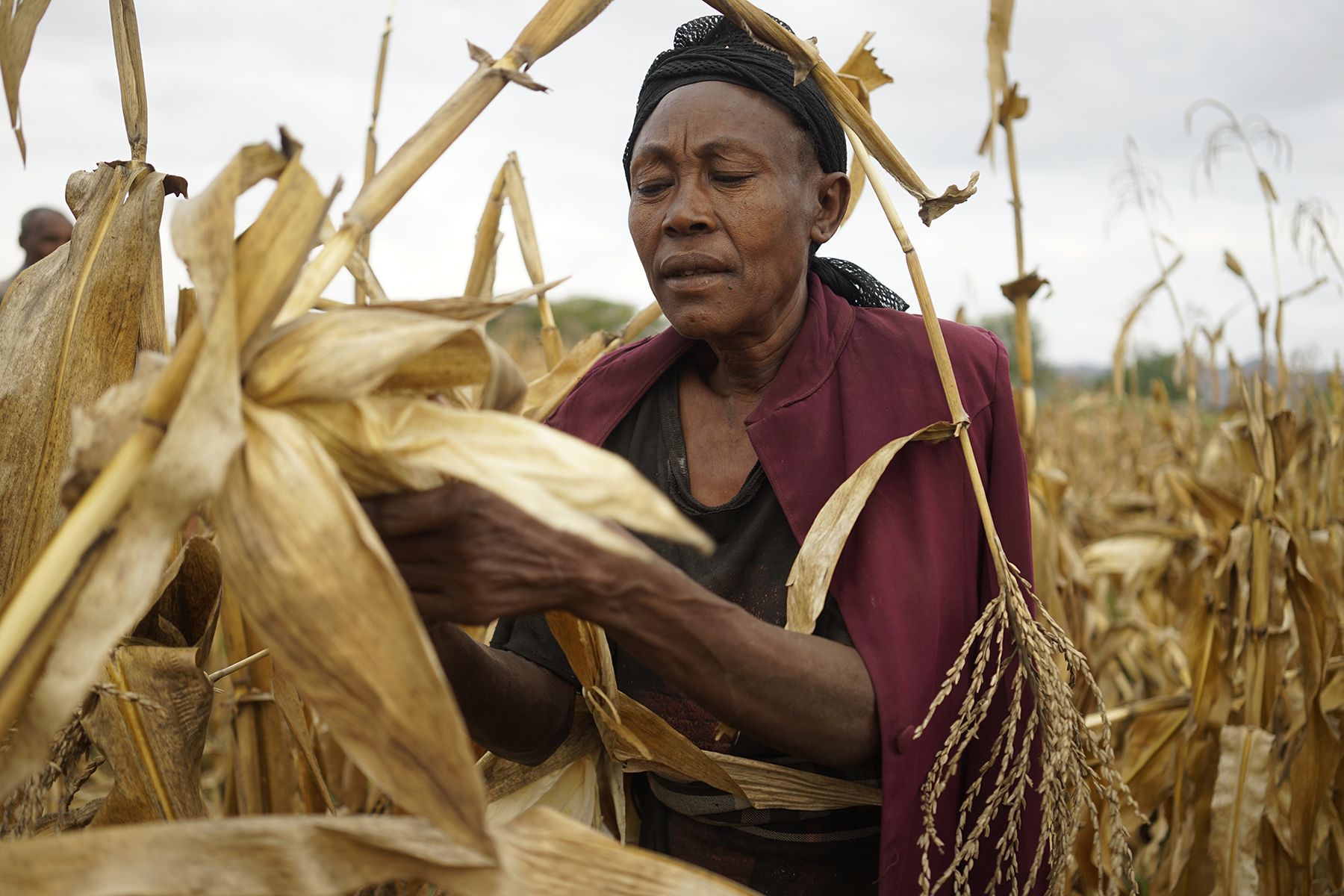
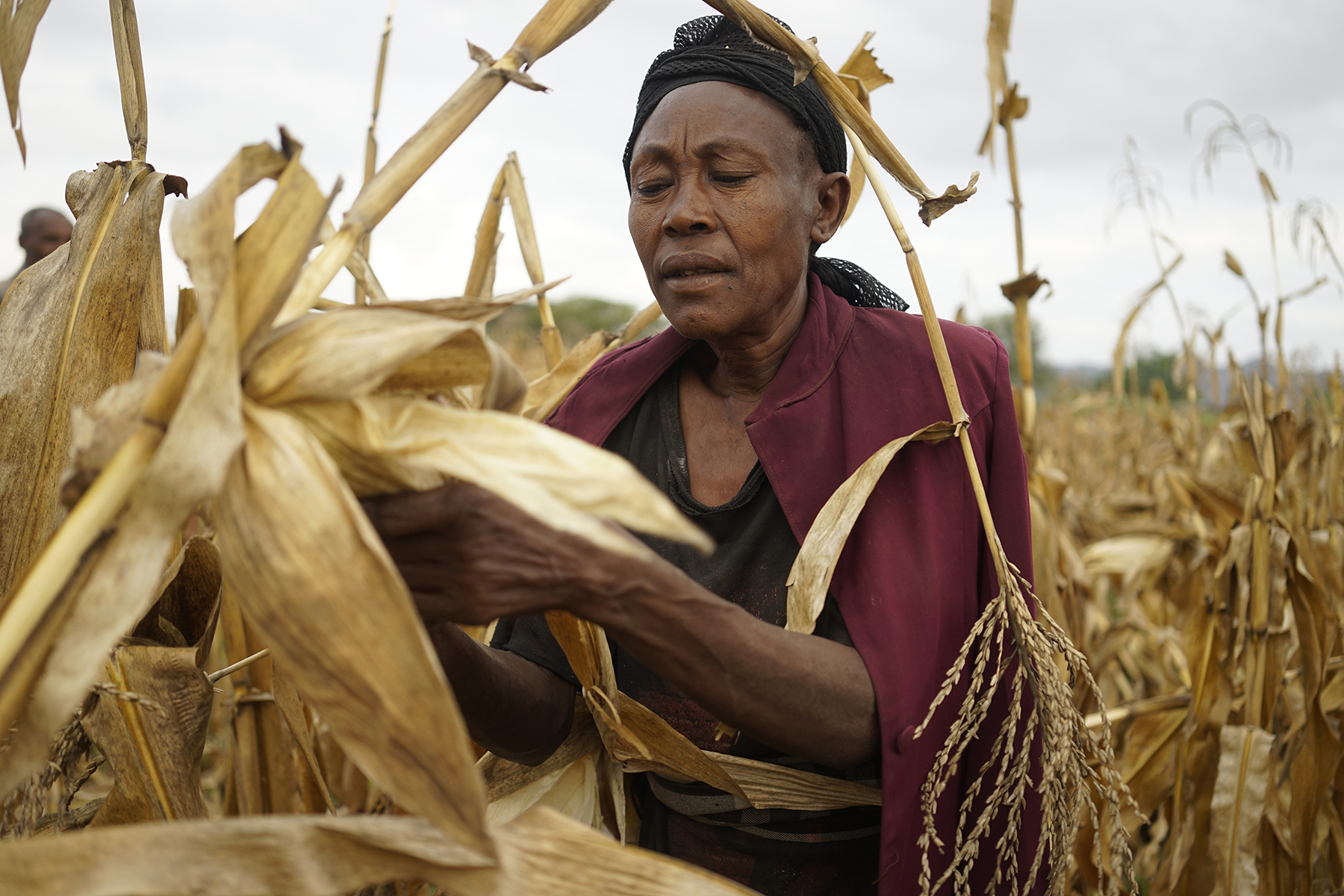
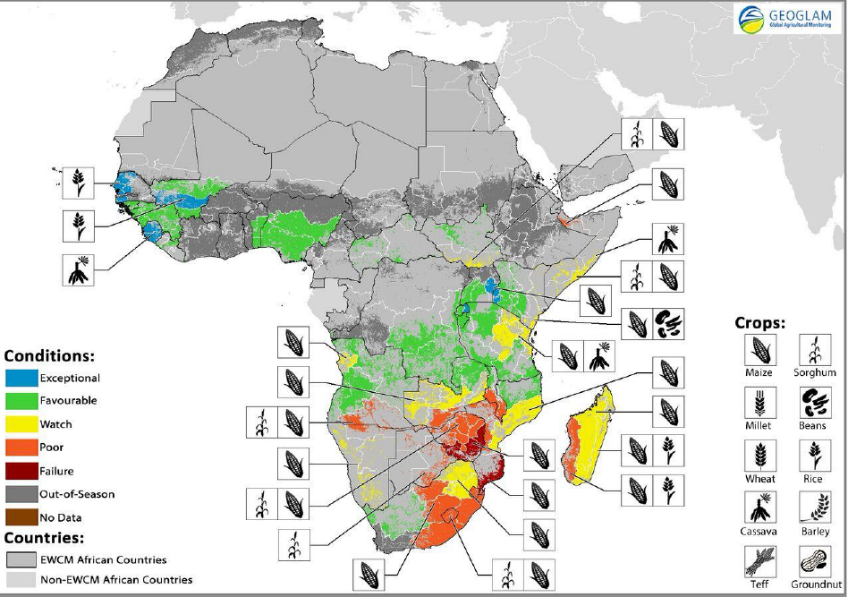
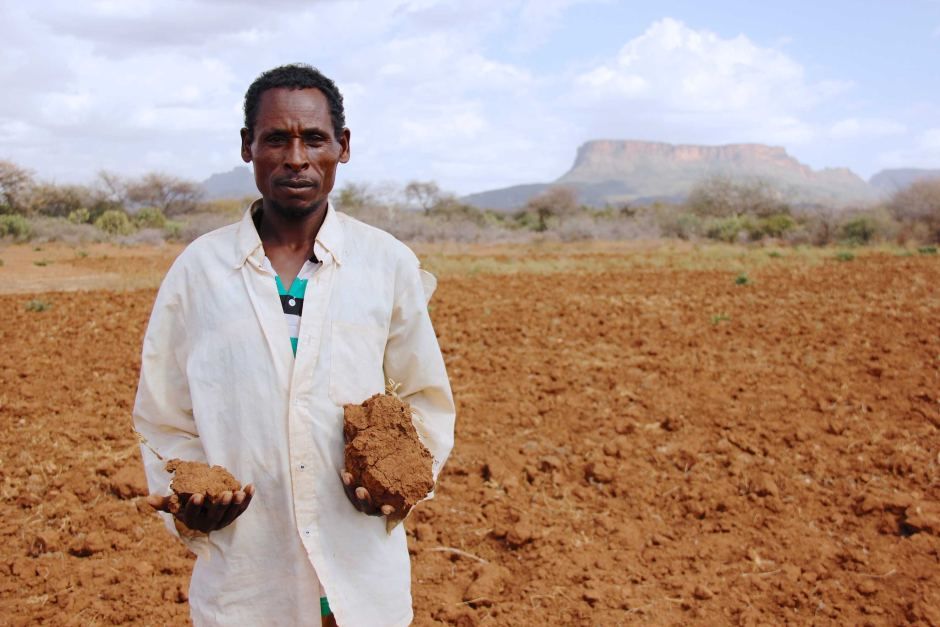
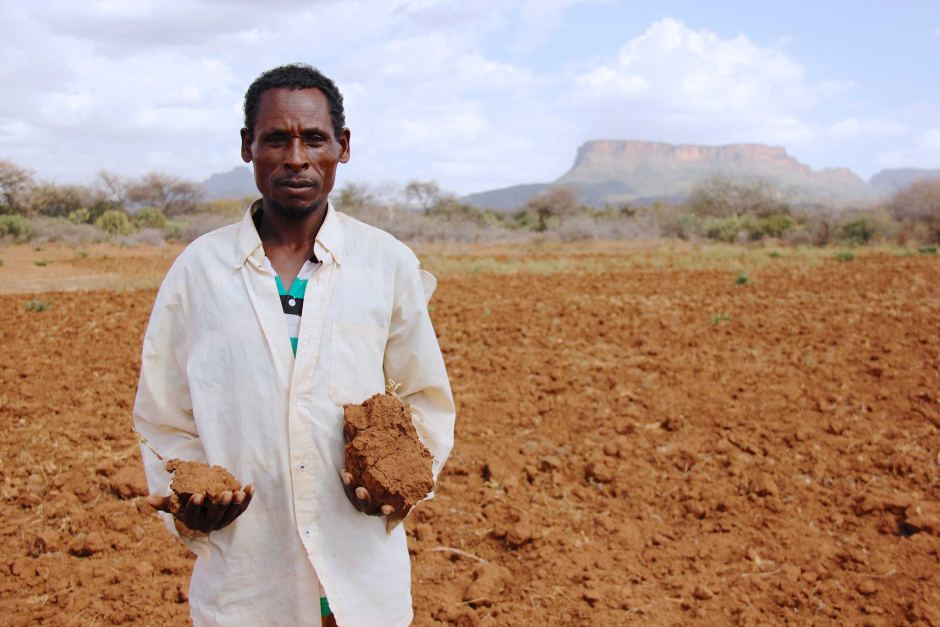

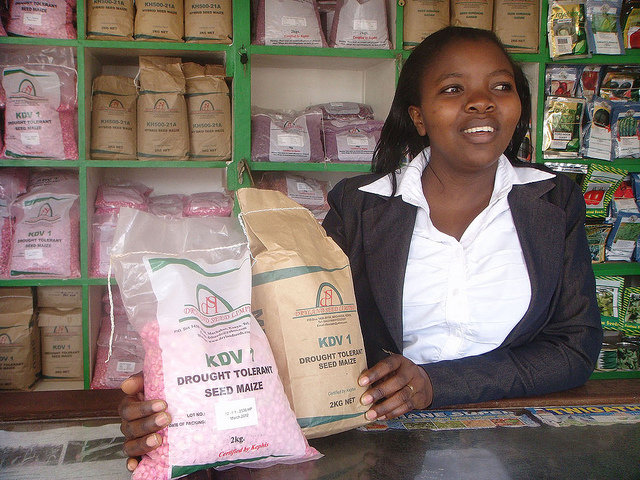
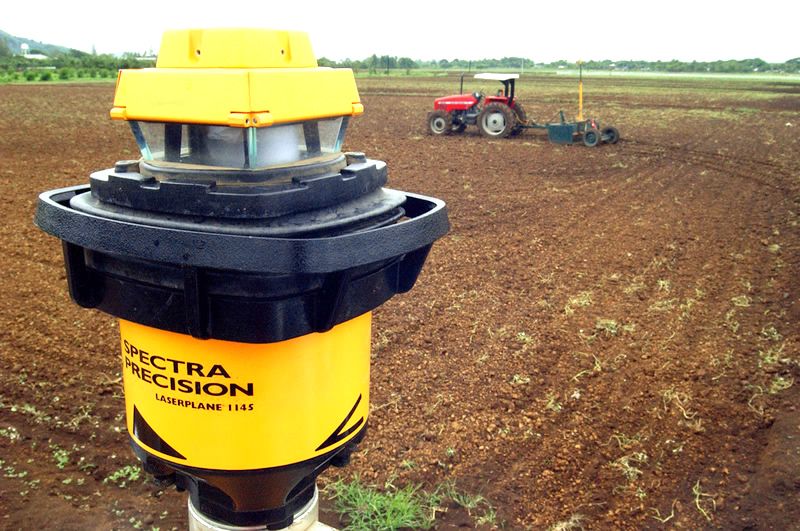


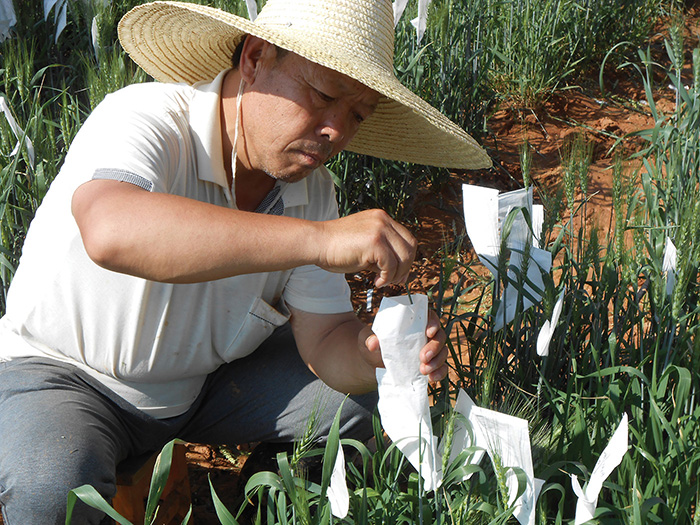
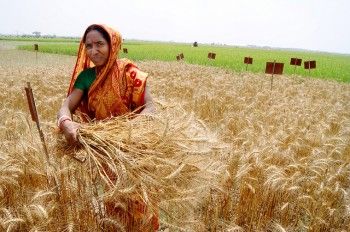
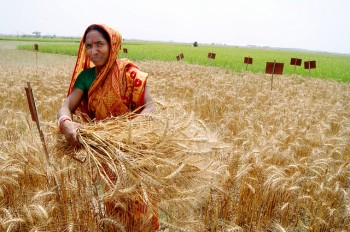 CIMMYT Director General Martin Kropff speaks on the topic of ‘Wheat and the role of gender in the developing world’ prior to the 2015 Women in Triticum Awards at the Borlaug Global Rust Initiative Workshop in Sydney on 19 September.
CIMMYT Director General Martin Kropff speaks on the topic of ‘Wheat and the role of gender in the developing world’ prior to the 2015 Women in Triticum Awards at the Borlaug Global Rust Initiative Workshop in Sydney on 19 September.